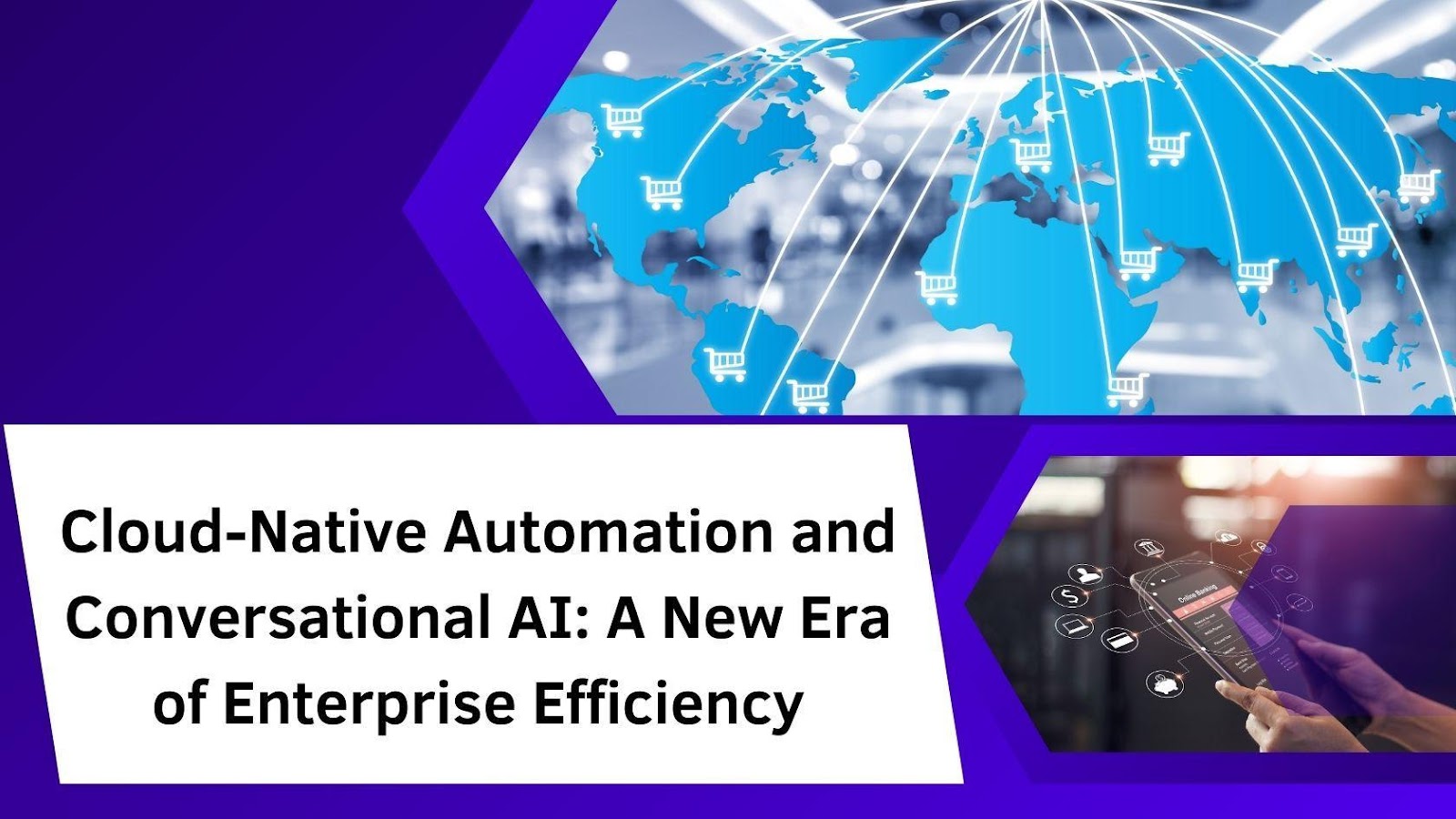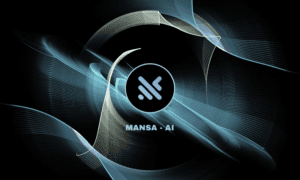In an era of digital acceleration, modern enterprises are witnessing a paradigm shift in automation, fueled by cloud-native architectures and AI-driven conversational interfaces. Karthik Reddy Thondalapally, a researcher in enterprise automation, explores how these transformative technologies are redefining operational agility and customer interactions. His work sheds light on how organizations can leverage cloud-native strategies to drive efficiency and scalability.
The Shift from Legacy Systems to Cloud-Native Frameworks
Traditional enterprise infrastructure, largely on-premise, has long been plagued by inefficiencies, high maintenance costs, and slow deployment cycles. Organizations investing in cloud-native architectures, particularly containerization and microservices, report significantly improved scalability and resilience. Businesses transitioning to Kubernetes-driven environments achieve up to 300% growth in developer productivity while reducing infrastructure costs by 80%. This shift enables companies to deploy new features 70% faster, ensuring quicker adaptation to market demands.
Serverless Computing and API-Driven Integration
Serverless computing, coupled with API management, is further streamlining enterprise automation. By eliminating the need for manual resource allocation, organizations leveraging serverless models experience up to 78% reduced latency and 45% lower operational costs. API gateways facilitate seamless interactions between microservices, enabling enterprises to handle thousands of requests per second without compromising performance. The serverless approach not only enhances system efficiency but also fosters a consumption-based pricing model, making it a cost-effective solution for growing businesses.
Conversational AI: Reshaping User Engagement
Conversational AI is transforming user engagement through advanced chatbots and virtual assistants in enterprise automation. By leveraging natural language processing (NLP), these AI-driven interfaces enhance customer service, automate repetitive tasks, and improve user experiences. Research shows that conversational AI achieves over 91% accuracy in intent classification and 83% precision in entity extraction. Businesses benefit from real-time, personalized support while significantly reducing dependence on human agents, leading to nearly 42% savings in operational costs. This shift is redefining efficiency and scalability in customer interactions.
Enhancing Business Agility Through Cloud Automation
Cloud automation, powered by Infrastructure-as-Code (IaC) and automated deployment pipelines, is revolutionizing enterprise IT operations. Organizations leveraging declarative infrastructure provisioning see a 72.8% reduction in provisioning times and a 67.2% improvement in disaster recovery. Automated CI/CD pipelines accelerate software delivery while ensuring reliability and system integrity.
By minimizing manual intervention and operational overhead, cloud automation enhances efficiency, resilience, and adaptability. This agility enables businesses to swiftly respond to evolving demands, optimize resources, and maintain a competitive advantage. As enterprises embrace automation, they achieve faster deployments, improved fault tolerance, and seamless scalability, positioning themselves for long-term success in an increasingly digital and dynamic landscape.
Strengthening Security and Compliance in Cloud Environments
As cloud-native applications expand, security remains a top priority. Organizations are adopting zero-trust models, automated compliance monitoring, and API security frameworks, reducing unauthorized access attempts by 76%. Security-as-code methodologies are gaining traction, embedding security protocols directly into cloud environments to proactively mitigate risks. This approach ensures continuous regulatory compliance while enhancing threat detection and response.
By integrating security at every layer, enterprises strengthen their defense against cyber threats, safeguarding sensitive data and critical infrastructure. As cloud ecosystems evolve, these proactive security strategies play a crucial role in maintaining a resilient and compliant digital environment.
Future Trends: The Evolution of AI and Edge Computing
The convergence of AI and edge computing is driving innovation in cloud-native strategies. Organizations are deploying AI-powered analytics closer to data sources, reducing latency by up to 80% for real-time applications. This shift enhances efficiency in sectors like healthcare, manufacturing, and autonomous systems.
Additionally, GitOps methodologies are gaining traction, streamlining cloud-native deployments with improved visibility, automation, and auditability. As AI at the edge matures, it will enable faster decision-making, enhanced security, and greater operational resilience, shaping the next phase of digital transformation across industries.
In conclusion, the integration of cloud-native automation and conversational AI is redefining enterprise efficiency, providing scalable, resilient, and intelligent solutions. Karthik Reddy Thondalapally’s research highlights how businesses can harness these innovations to optimize operations, enhance customer interactions, and gain a competitive edge in the digital economy. As enterprises continue to embrace these technologies, the future of automation will be shaped by intelligent, adaptive, and seamlessly integrated systems.





























